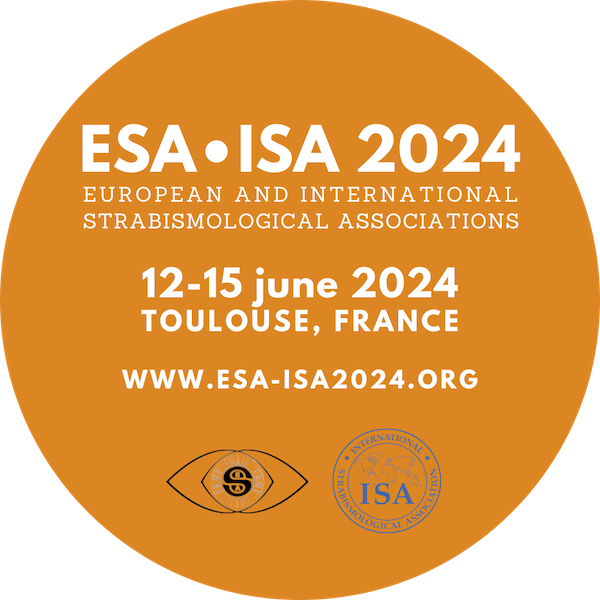
Session: Poster session A
Comparative Analysis of Objective Cyclotorsion in Full-Term, Preterm, and Preterm Children with Retinopathy of Prematurity
Background:
Retinopathy of Prematurity (ROP) is a prevalent retinal condition leading to macular dragging. However, exploration of potential associations between cyclodeviation levels and the onset and management of ROP remains limited. This study seeks to investigate the presence of ROP in premature newborns and its potential correlation with intravitreal injection (IVI) of anti-VEGF agents and ocular rotation.
Methods:
The study included children aged 3-12 years, encompassing full-term, preterm, and ROP children both with and without intravitreal injection treatment. Ocular torsion was evaluated using two imaging modalities: optical coherence tomography (OCT) and conventional fundus photography (CFP). The disc-center-fovea angle (DFA) was utilized for the assessment. Exclusion criteria comprised poor image quality, optic disc pathology, macular disorders, prior surgery, or limited eye mobility.
Results:
A total of 328 children were enrolled. No significant differences were observed in combined DFAs for both eyes when measured with OCT and CFP across all four groups. Bland-Altman plots confirmed a robust agreement between OCT and CFP, supported by intra-class correlation coefficients of 0.827, 0.678, 0.749, and 0.706 (all P<0.001).
Discussion:
A notable correlation was identified between ocular torsion measurements using OCT and traditional techniques involving CFP. Ocular rotation angles were found to be similar among children with no history of prematurity, preterm newborns without ROP, premature infants with ROP who did not undergo IVI therapy, and premature infants with ROP who received intravenous anti-VEGF agents.